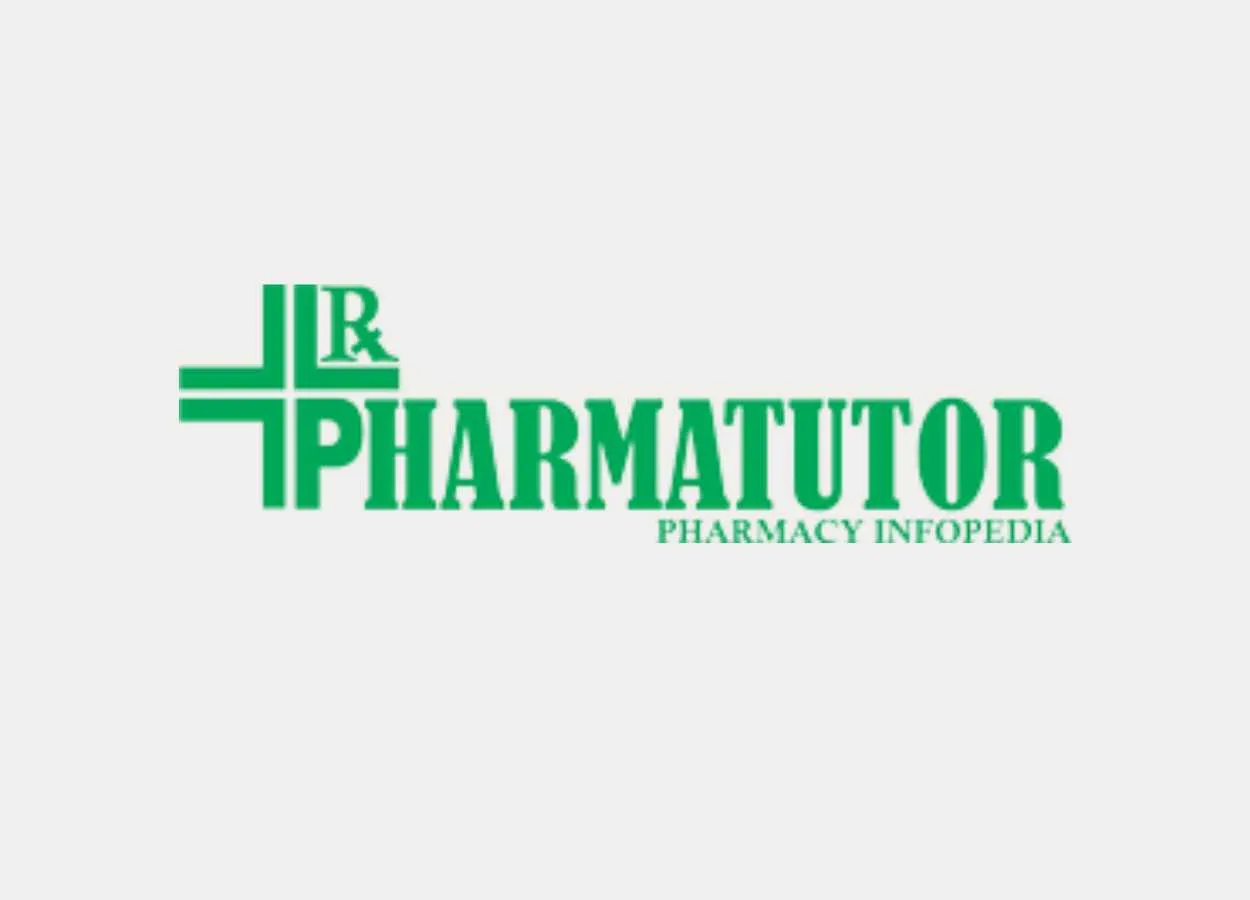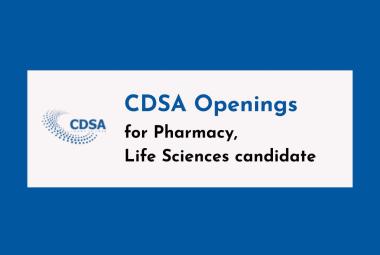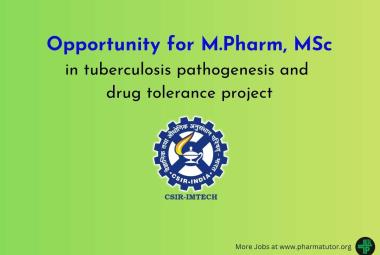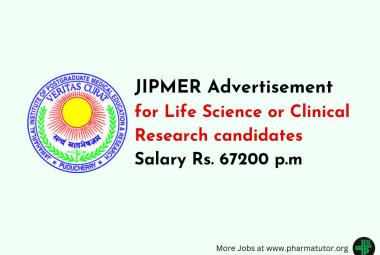The FDA is gatekeeper for access to new drugs. As such, it gets a lot of scrutiny time. Different peoples have different opinions. There are those who claim that the FDA is too lenient in its decision making process and that it unleashes unproven new drugs on an unsuspecting public that presumes any medicine approved is safe and efficacious. Others will assail the FDA as being far too conservative and say that the agency is unnecessarily delaying access to new life-saving drugs because of its bureaucracy.
[adsense:336x280:8701650588]
Ancient civilizations based on medical observation to identify herbs, drugs and therapies that worked, and those that did not. Prior to 1962, new drugs had to pass only safety trials to be legally marketed. The effectiveness of product was left to consumers and doctors to evaluate. In 1938, a newly enacted U.S. Food, Drug, and Cosmetic Act subjected new drugs to pre-market safety evaluation for the first time. This required FDA regulators to review both pre-clinical and clinical test results for new drugs. A worldwide drug disaster in 1961 resulted in the enactment of the 1962 Drug Amendments, which explicitly stated that the FDA would rely on scientific testing and that new drug approvals would be based not only upon proof of safety, but also on "substantial evidence" of a drug's efficacy.
A regulatory process, by which any person/organization/sponsor/innovator gets authorization to launch a drug in the market, is known as drug approval process. In general, a drug approval process comprises of various stages. Every country has its own regulatory authority, which is responsible to enforce the rules and regulations and issue the guidelines to regulate the marketing of the drugs.
[adsense:468x15:2204050025]
Stages of drug discovery and approval process:
The first step, a preclinical phase, is to find a promising agent, which involves taking advantage of the advances made in understanding a disease, pharmacology, computer science, and chemistry. Breaking down a disease process into its components can provide clues for targeting drug development.
The next step before attempting a clinical trial in humans is to test the drug in living animals, usually rodents. The FDA requires that certain animal tests be conducted before humans are exposed to a new molecular entity. The objectives of early in vivo testing are to demonstrate the safety of the proposed medication. The results of these tests are used to support the IND application that is filed with the FDA. If the FDA is satisfied with the documentation, the stage is set for phase 1 clinical trials.
Phase 1 studies focus on the safety and pharmacology of a compound. During this stage low doses of a compound are administered to a small group of healthy volunteers who are closely supervised. In cases of severe or life-threatening illnesses, volunteers with the disease may be used. Generally, 20 to 100 volunteers are enrolled in a phase 1 trial. These studies usually start with very low doses, which are gradually increased. On average, about two thirds of phase 1 compounds will be found safe enough to progress to phase 2.
Phase 2 studies examine the effectiveness of a compound. To avoid unnecessarily exposing a human volunteer to a potentially harmful substance, studies are based on an analysis of the fewest volunteers needed to provide sufficient statistical power to determine efficacy. Typically, phase 2 studies involve 100 to 300 patients who suffer from the condition the new drug is intended to treat. During phase 2 studies, researchers seek to determine the effective dose, the method of delivery (eg, oral or intravenous), and the dosing interval, as well as to reconfirm product safety. Patients in this stage are monitored carefully and assessed continuously. A substantial number of these drug trials are discontinued during phase 2 studies.
Phase 3 trials are the final step before seeking FDA approval. During phase 3, researchers try to confirm previous findings in a larger population. These studies usually last from 2 to 10 years and involve thousands of patients across multiple sites. These studies are used to demonstrate further safety and effectiveness and to determine the best dosage.
If a drug survives the clinical trials, an NDA is submitted to the FDA
After receiving an NDA, the FDA completes an independent review and makes its recommendations.If during the review the FDA staff feels there is a need for additional information or corrections, they will make a written request to the applicant.
Postmarketing surveillance is important, because even the most well-designed phase 3 studies might not uncover every problem that could become apparent once a product is widely used
Challenges faces during drug approval process:
Today, for drugs to be marketed as FDA-approved, they must pass a Phase I safety trial, followed by Phase II safety as well as effectiveness testing in a small sample of patients, followed by a Phase III clinical trial with a much larger number of patients. It can take up to 15 years to bring a product to market and then still require additional post-marketing Phase 4 studies.
- Basic Research/Drug Development and Pre-Clinical/Translational Research (combined): 3 to 6 years
- Phase 1, Phase 2, and Phase 3 Clinical Trials (combined): 6 to 7 years
- FDA Review/Manufacturing: 0.5 to 2 years
- Phase 4 Clinical Trial/Post-Market Surveillance/Report Adverse Events: 0.5 to 10 years (at least as long as the drug is on the market); Specific Phase 4 trials are optional and can be of variable length if assigned by the FDA as a requirement for a treatment’s approval. For example, some Phase 4 trials could last 5-10 years in order to see the effect of the treatment on populations of specific concern to the FDA. The post-market surveillance for adverse events begins immediately after the drug is available to the public and continues for at least as long as the drug is available on the market.
FDA can delay or deny approval for a drug that subsequently shows clear effectiveness and possibly lifesaving ability. FDA's one-size-fits-all approval procedure is simply not attuned to the fast pace of twenty-first medical innovations. Because of FDA's lengthy drug-approval process, a second focus should be on the harm done by the long delays before drug innovations reach the public
Not only do the clinical trials and NDA submission take time, they also take money. Drug developers experience a substantial outflow of hard cash, a long delay in possible revenues, and no guarantees the drug will be approved at all. That combination boosts drug prices for consumers. The final cost of bringing one product to the market depends on a number of variables, including the amount of time needed to obtain promising treatments, the number of subjects enrolled in each phase of the clinical trials, the complexity of the product delivery, the disease being treated, time needed for data assessment, and other considerations.
Lot of potential treatments typically need to be tested at each stage before one successful treatment obtains FDA approval. As well as huge amount of volunteers are enrolled in each stage of the process.
FDA regulation of the medical industry has suppressed and delayed new drugs and devices, and has increased costs, with a net result of more morbidity and mortality
As FDA main core mission is to provide safe and effective medical products to the public. Base decisions to approve a drug, or to keep it on the market if new safety findings surface, on a careful balancing of risk and benefit to patients. This is a multifaceted and complex decision process, involving scientific and public health issues. They should improve current system to assess drug safety.
NOW YOU CAN ALSO PUBLISH YOUR ARTICLE ONLINE.
SUBMIT YOUR ARTICLE/PROJECT AT editor-in-chief@pharmatutor.org
Subscribe to Pharmatutor Alerts by Email
FIND OUT MORE ARTICLES AT OUR DATABASE









